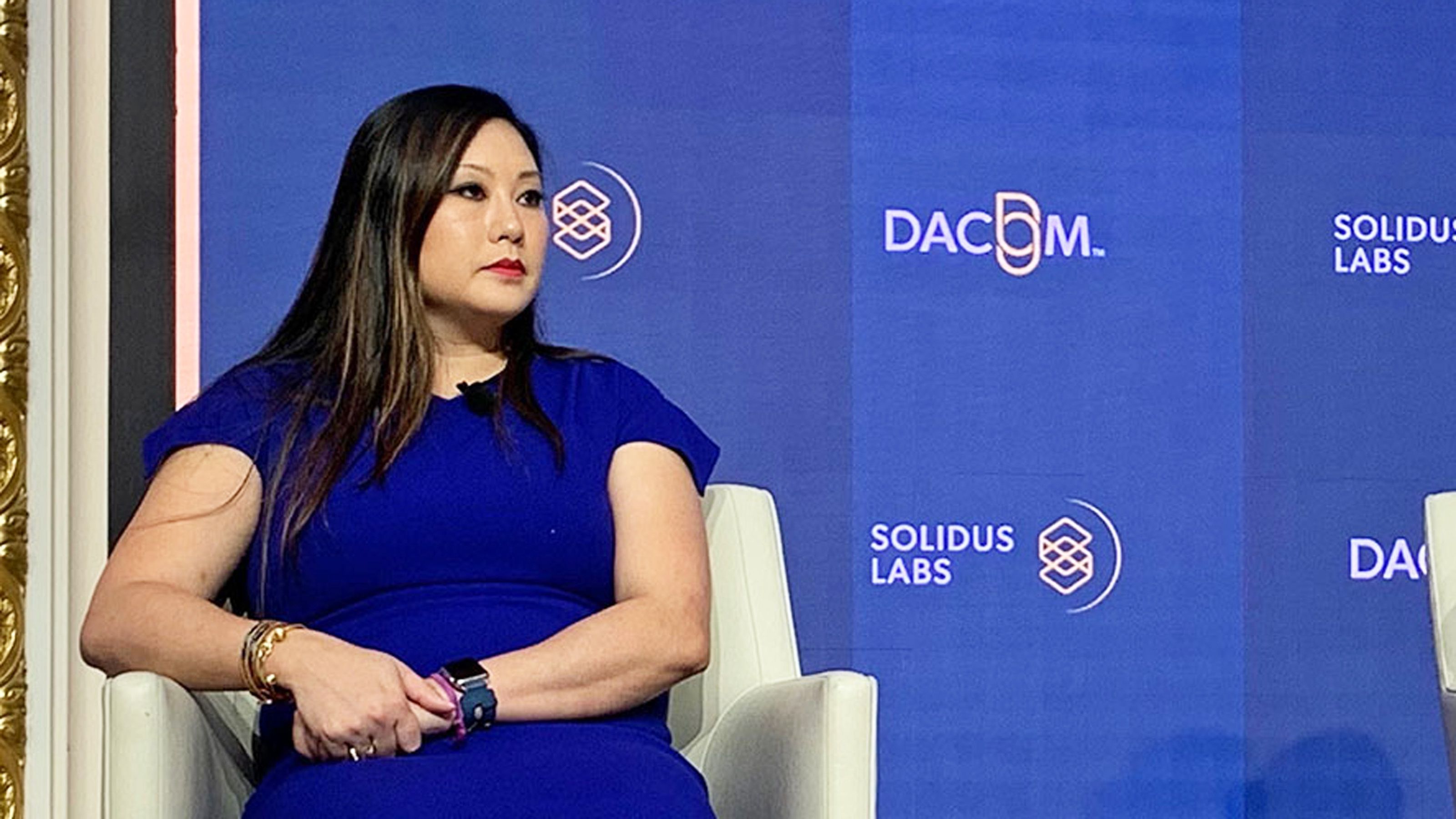ARTICLE AD
Table of Contents
Staex Joins the peaq Blockchain DePIN Building Necessitates Quality Infrastructure peaq: The blockchain for Real-world Applications Staex: The Secure Network for IoTpeaq, the blockchain for real-world applications, expands its ecosystem by integrating with Staex. Staex will enable DePINs building on peaq to keep track of newly-joined devices and better manage their data and services.
peaq is expanding its ecosystem by integrating Staex as a connectivity layer for decentralized physical infrastructure networks (DePIN). Staex will provide DePIN building on peaq with a powerful indexing and data management solution.
Staex Joins the peaq Blockchain
peaq is expanding its ecosystem by adding Staex to its layer-1 blockchain for real-world applications. Staex is an experienced IoT solutions provider based in Berlin that offers a secure peer-to-peer networking and software orchestration platform. Staex originally began as a Deutsche Telekom project but has since become independent. The project will equip DePINs built on peaq’s ecosystem with a powerful connectivity solution. Staex will provide peaq with an indexing pallet, allowing the community to trace devices connected to the network. The connectivity solution includes a handy user interface and a demo app, giving developers an expanded toolset to manage their peaq IDs on their DePIN.
DePIN Building Necessitates Quality Infrastructure
An effective connectivity solution is essential, given the complexity of a DePIN. A DePIN may include hundreds of thousands of devices located worldwide, generating thousands of transactions every second. Behind every transaction, whether a simple payment or a complex transaction, are a multitude of data exchanges. A robust, scalable and dynamic data architecture is essential for a system to operate smoothly and successfully connect service providers with their clients.
Staex recently completed an exciting project involving a Web3-powered business drone delivery corridor in Berlin to showcase its prowess.
Staex will integrate peaq with its Mesh Communications Component (MCC) to improve the connectivity solution further. The MCC is a protocol that enables devices on a decentralized network to communicate with each other anywhere in the world. The protocol provides two core functions:
Enabling service providers to register their services in the network; and Allowing others to use the registered services.The MCC integration will leverage peaq access, a powerful functionality for implementing advanced access control on the peaq network, enabling builders to set rules for interactions within the network. The MCC integration will also include an interface and a demo application.
The collaboration between Staex and peaq offers a multitude of benefits, including:
A versatile connectivity layer: the integration offers DePIN building on peaq a versatile connectivity layer, making it easier for builders and the community to connect and manage entire machine fleets. Enables scalability: the collaboration also fosters DePIN on peaq faster scalability, creating more value for the ecosystem while expanding peaq’s DePIN-focused capabilities.Dr. Alexandra Mikityuk, CEO of Staex, commented on the collaboration:
“Decentralized networking is a crucial piece of the puzzle for making DePIN truly, end-to-end decentralized. We are happy to provide the DePIN on peaq with a tool enabling them to manage their data and machines in a peer-to-peer way, unlocking greater security and scalability.”
Til Wendler, co-founder of peaq, added:
“The capabilities Staex brings to the table will enable DePIN on peaq to build, deploy, and grow faster. It is another crucial advantage that comes with building on peaq, the home of DePIN. We are thrilled to see Staex joining in and are sure that it will help boost the ecosystem to new heights.”
peaq: The blockchain for Real-world Applications
peaq is “the blockchain for real-world applications.” The peaq layer-1 blockchain enables anyone to build decentralized applications (dApps) and DePINs for car-sharing, street-mapping, web access, and more, creating real-world value in the Economy of Things.
Robots, vehicles, and connected devices become dynamic real-world assets (RWAs) on the peaq blockchain, serving communities through fractional ownership. Peaq works with a host of industry-leading consortiums such as Gaia-x moveID, a €20+ million project led by Bosch. Through its project with Bosch, peaq contributes to the future of smart mobility, energy, connectivity, and other significant real-world industries. Peaq is democratizing abundance in the automated AI-driven era by empowering everyone to own, govern, and earn from the devices and infrastructure they use.
Staex: The Secure Network for IoT
Staex is a secure public network for Internet of Things (IoT) devices that cannot run VPNs, such as smart meters, IP cameras, and electric vehicle (EV) chargers. The network encrypts legacy protocols, reduces mobile data usage, and simplifies building networks with complex topologies through its unique multi-hop architecture.
Staex is fully zero-trust, meaning no traffic is permitted on a device unless authorized by its owner. Its zero-trust function makes the network more secure than some private networks. In doing so, Staex establishes an additional separation layer to offer more security to IoT devices on the internet. Staexs’ extra separation layer also protects other internet services from DDoS attacks, often executed on millions of IoT devices.
Disclaimer: This article is provided for informational purposes only. It is not offered or intended to be used as legal, tax, investment, financial, or other advice.

 11 months ago
64
11 months ago
64 

